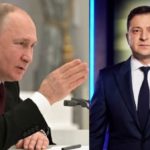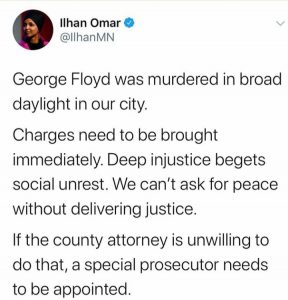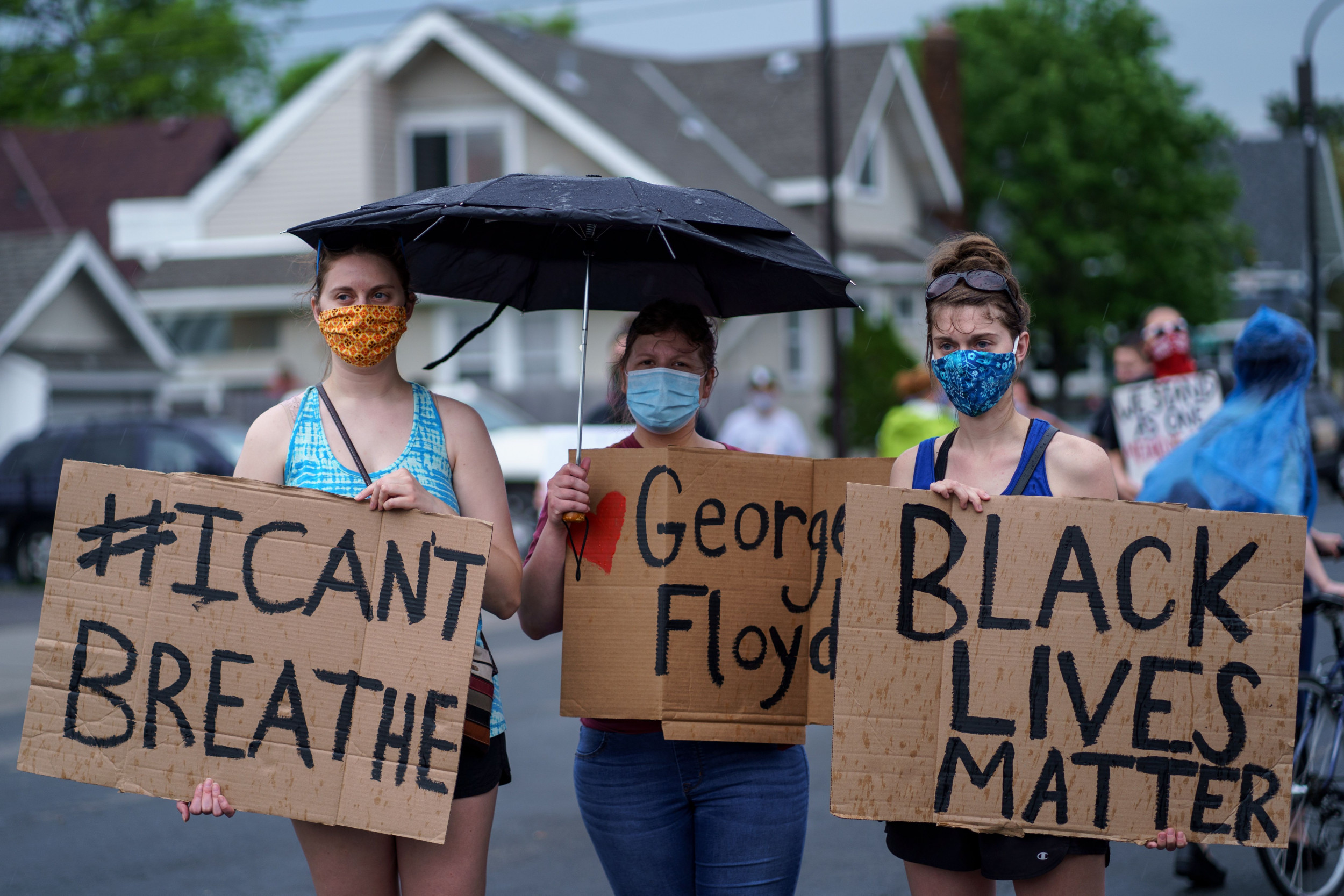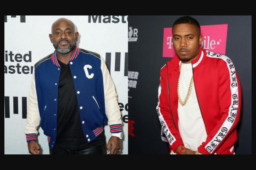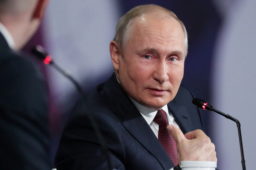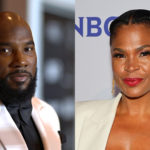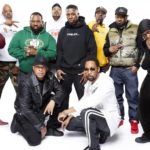
What We Know About George Floyd’s Death
- May 30, 2020
- by
- Lisa Mei
By
Mr. Floyd died after being handcuffed and pinned to the ground by an officer’s knee, in an episode that was recorded on video by a bystander, inciting condemnation and protests.
The explosive footage, recorded by a bystander and shared widely on social media early Tuesday, led to community outrage, an F.B.I. civil rights investigation and the firing of the officer and three colleagues who were also at the scene.
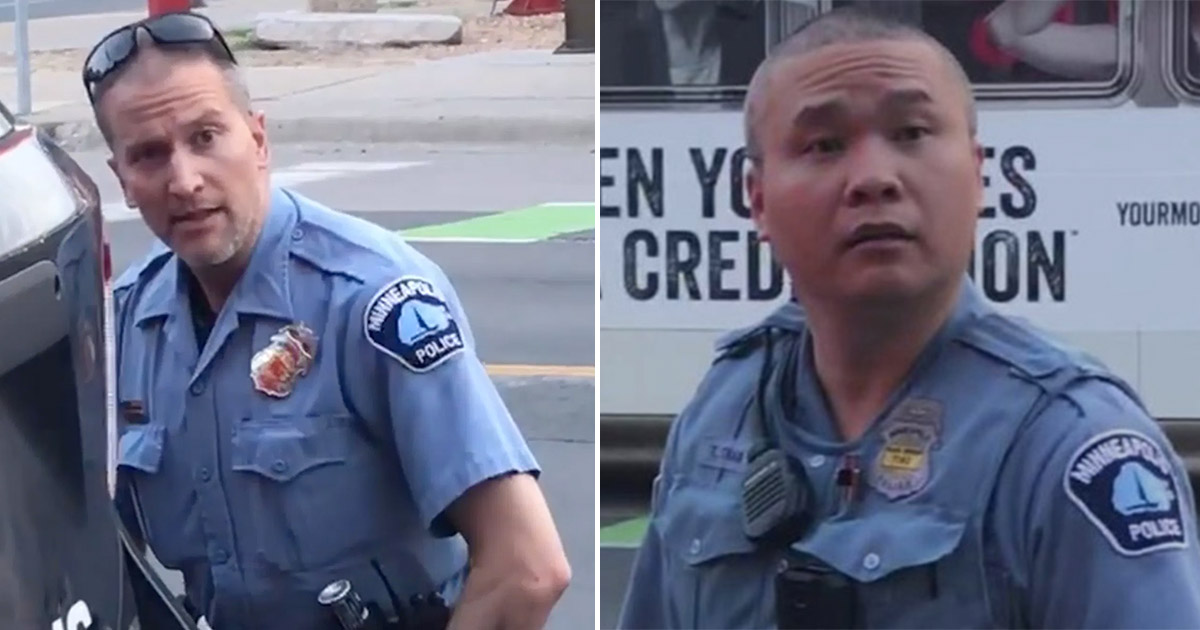
Mr. Floyd’s relatives have said that the officers should be charged with murder. “They treated him worse than they treat animals,” Philonise Floyd, Mr. Floyd’s brother, said on CNN. “They took a life — they deserve life.”
Mayor Jacob Frey of Minneapolis was quick to condemn the officers’ actions, and on Wednesday, he called on prosecutors to file charges against the officer who had his knee on Mr. Floyd’s neck.
“I want to see a charge take place,” Mr. Frey said at a news conference, without specifying what charge he thought was warranted. “I want to see justice for George Floyd.”
Representative Ilhan Omar, a Democrat whose congressional district includes Minneapolis, tweeted on Wednesday that the officer should be charged with murder.
What we know about Mr. Floyd’s death:
- Mr. Floyd grew up in Houston and was a high school sports star.
- He worked at a restaurant in Minneapolis and rented from the owner.
- The original police report said Mr. Floyd had resisted arrest.
- The video shows the aftermath of the arrest, with Mr. Floyd pleading that he can’t breathe.
- Four officers have been fired, and the F.B.I. is investigating.
- Mr. Floyd’s relatives are pushing for murder charges.
- Police used tear gas and other means to break up protests in Minneapolis.
Mr. Floyd grew up in Houston and was a high school sports star.
Mr. Floyd lived in St. Louis Park, a Minneapolis suburb. He was pronounced dead at 9:25 p.m. Monday at Hennepin County Medical Center, according to the medical examiner.
He grew up in Houston, in a black neighborhood south of downtown known as the Third Ward, and was raised in a house with his siblings and two cousins, Shareeduh Tate and Tera Brown. Their mothers were sisters, Ms. Tate said.
[Read more about George Floyd and Derek Chauvin once working together.]
A reporter for a Houston television station posted a video clip on Twitter of Mr. Floyd scoring a touchdown at a high school football game nearly 30 years ago. He was a tight end for the Jack Yates High School team, and the clip shows Mr. Floyd leaping to catch a pass in the end zone during a 1992 game at Delmar Stadium in Houston.
Mr. Floyd graduated from Yates High in 1993, the Houston school district confirmed on Wednesday.
Cyril N. White, 45, said he knew Mr. Floyd when they were both star high school athletes playing basketball. Both received scholarships to play in college, with Mr. Floyd going to a community college in Florida, Mr. White said.
After college, Mr. Floyd was one of the first players recruited by Mr. White when he set up a club team to play exhibition matches against college teams around Texas, Oklahoma, Arkansas and Louisiana, and later in China, although by that time Mr. Floyd had left the team.
Mr. Floyd, known as “Big Floyd” to his teammates, given his 6-foot-7-inch height and hefty build, played power forward. He never got into a fight or received so much as a technical foul, Mr. White recalled.
“Gentle giant, gentle giant,” he said. “He was a natural comedian, a life-of-the-party type guy, real easy going.”
The club team, To God Be The Glory Sports, was not a church group, but members prayed together, and Mr. Floyd participated, Mr. White said. Mr. Floyd left after two years, saying he needed to work to take care of his new daughter.
Mr. White lamented how his friend had died. “They dehumanized him and treated him like a piece of garbage that was expendable. That is the worst.”
He worked at a restaurant in Minneapolis and rented from the owner.
Ms. Tate said her cousin moved to Minneapolis four or five years ago, and Ms. Brown said he talked about the city as a welcoming place.
“He was happy there. He had made friends and had talked about training to become a truck driver,” said Ms. Brown, 48, an accounting manager. “He came home for his mother’s funeral two years ago, and he told me he had decided to stay.”
Jovanni Thunstrom, the owner of Conga Latin Bistro in Minneapolis, said he employed Mr. Floyd as a bouncer at the restaurant, and was also his landlord.

“No one had nothing bad to say about him,” Mr. Thunstrom said. “They all are shocked he’s dead. He never caused a fight or was rude to people.”
Mr. Thunstrom said Mr. Floyd paid his rent last week and told him that he was looking for a new job because Conga Latin Bistro has been closed to on-site dining since March because of the coronavirus. “I lost a friend,” Mr. Thunstrom said.
Mr. White, his former teammate, said that after Mr. Floyd moved to Minneapolis, they would talk on the phone a few times a year, catching up on each other’s news and talking about old friends.
Their last contact was a couple months before the coronavirus outbreak, Mr. White said. “He was all smiles. He did not give any signs about any problems at all.”
The original police report said Mr. Floyd had resisted arrest.
The arrest of Mr. Floyd took place on Monday evening. The Minneapolis Police Department said in a statement that officers had responded to a call about a man suspected of forgery. The police said the man was found sitting on top of a blue car and “appeared to be under the influence.”
“He was ordered to step from his car,” the department’s statement said. “After he got out, he physically resisted officers. Officers were able to get the suspect into handcuffs and noted he appeared to be suffering medical distress.”

The statement said that officers had called for an ambulance.
On Tuesday morning, without referring to the video recorded by a bystander, the police updated a statement, titled “Man Dies After Medical Incident During Police Interaction,” saying that additional information had “been made available” and that the F.B.I. was joining the investigation.
The video shows the aftermath of the arrest, with Mr. Floyd pleading that he can’t breathe.
The bystander video shows a white Minneapolis police officer pressing his knee into a black man’s neck during an arrest, as the man repeatedly says, “I can’t breathe,” and, “Please, I can’t breathe.”
The video recorded in Minneapolis on Monday shows that after a few minutes, the man, lying face down in the street with his hands cuffed behind his back, becomes silent and motionless; the officer continues to pin the man to the pavement with his knee.
Bystanders plead and curse, begging the officer to stop and telling him the man’s nose is bleeding. Another officer faces the people gathered on the sidewalk. An ambulance medic arrives and, reaching under the officer’s knee, feels for a pulse on the man’s neck.
The medic turns away, and a stretcher is wheeled over. The arrested man is then rolled onto the stretcher, loaded into an ambulance and taken away.
The video did not show what had happened before the officer pinned the man to the ground by his neck.

Mr. Frey, the Minneapolis mayor, said on Tuesday that he did not know how the initial police statement, describing a “medical incident,” had come to be written, but he said he wanted to be “absolutely as transparent as possible.”
“It’s the kind of thing where you don’t hide from the truth, you lean into it, because our city is going to be better off for it, no matter how ugly, awful it is,” he said. “If it points out the institutional racism that we are still working through right now, well, good — it means that we’ve got a lot of work to go.”
Four officers have been fired, and the F.B.I. is investigating.
On Tuesday afternoon, Mr. Frey tweeted that four officers involved in the case had been terminated. “This is the right call,” he said.
The Police Department’s statement said that no weapons had been used and that the officers’ body cameras were recording. Mr. Frey said at a news conference on Tuesday that he had seen the video “taken and posted by a civilian,” but not the body camera footage.
He said he had asked the F.B.I. to investigate, and in a statement posted on social media said, “Being black in America should not be a death sentence. For five minutes, we watched a white officer press his knee into a black man’s neck. Five minutes.”
The F.B.I. is conducting a federal civil rights investigation, the Minnesota Bureau of Criminal Apprehension said in a statement. The state bureau also said that it was conducting its own investigation at the request of the Police Department and that it would release its findings to the Hennepin County district attorney’s office.
“Our officers are fully cooperating,” the union head, Lt. Bob Kroll, said. “We must review all video. We must wait for the medical examiner’s report.”
Thomas M. Kelly, a lawyer representing Mr. Chauvin in the investigation, said he had not heard the mayor’s remarks on Wednesday calling for the arresting officer in the case to be charged.
“I have no comment,” Mr. Kelly said, adding that there had been no legal developments in the case at this point.
Mr. Floyd’s relatives are pushing for murder charges.
Ben Crump, a civil rights lawyer representing Mr. Floyd’s family members, said they wanted to see murder charges filed against the police officers.
“The plan is to make sure these officers are charged with the murder of George Floyd,” Mr. Crump said. “When you really think about it, it was nine minutes that he begged for his life while this officer had his knee in his throat, had his knee in his neck.”
Ms. Tate, Mr. Floyd’s cousin, agreed that the officers should face serious consequences.
“I would like to see the officers charged with murder and convicted,” she said. “I would not be happy with anything less. In my mind, they executed him.”

Ms. Tate said she saw the video on Tuesday morning, but did not realize the man in the street in Minneapolis was the cousin she grew up with.
“I remember thinking how horrible this was, that a family’s loved one was murdered in the streets,” said Ms. Tate, 49, a registered nurse. “Maybe five minutes later I got the call confirming my cousin was on that video.”
“I went back and looked,” she said. “The first time, it didn’t have audio. The second time, the audio was on. I heard the first, ‘I can’t breathe,’ and I knew it was him.”
Police used tear gas and other means to break up protests in Minneapolis.
Hundreds of protesters poured into the Minneapolis streets for a second night on Wednesday, with officers using tear gas and firing rubber bullets into the crowds. Images on television and social media revealed at least one business, an auto parts store, on fire and people carrying goods out of a store that had been vandalized.
Some demonstrators gathered at the house of Mr. Chauvin and the house of the local prosecutor, according to The Star Tribune. There were also protests in Memphis and Los Angeles, where law enforcement faced off with those who had blocked the 101 Freeway downtown.
A police spokesman told reporters that Wednesday’s protests were not as peaceful, and that one person in the area had been fatally shot, although it was unclear if the death was directly related to the protests. “Tonight was a different night of protesting than it was just the night before,” said the spokesman, John Elder.
During protests on Tuesday, some people vandalized police vehicles with graffiti and targeted the precinct house where the four officers had been assigned, Mr. Elder said. The police fired foam projectiles, known as marking rounds, and used tear gas to try to repel some of the protesters, he said. The Police Department said it made three arrests on Tuesday for burglary and looting.
Jamar B. Nelson, 41, a longtime community activist, said he and others had been calling for calm after the clashes.
“Our community is hurt and angry, but we can’t have the violence, because we are the ones who will ultimately be harmed,” said Mr. Nelson, who works for an organization that helps families of crime victims. “What you are seeing is a frustration with all these interactions between black males and the police that don’t end well.”
Mr. Nelson described the relationship between the police and the city’s black community as fractured.
“The truth is, we do not have a good history,” he said, describing the Police Department as “racist, bigoted and uncaring about the black community.” But he said the current police chief, Medaria Arradondo, had been trying to repair the relationship.

“Him firing the four officers expeditiously is a big deal,” Mr. Nelson said.
The case has drawn condemnation and comparisons to the death of Eric Garner.
As the video spread on social media on Monday night, the arrest quickly drew comparisons to the case of Eric Garner, a black man who died in New York police custody in 2014 after an officer held him in a chokehold. Mr. Garner’s repeated plea of “I can’t breathe” — also recorded by a cellphone — became a rallying cry at demonstrations against police misconduct around the country.
Similar high-profile cases have generated large protests and given rise to a national debate over police conduct toward black people, as happened in 2016 after an African-American man, Philando Castile, was shot dead by a police officer during a traffic stop in a suburb of St. Paul, Minn. The officer, Jeronimo Yanez, was later acquitted of second-degree manslaughter and of endangering safety by discharging a firearm in the shooting.
Former Vice President Joseph R. Biden Jr., the presumptive Democratic presidential nominee, condemned the force used by the officers in Minneapolis.
“George Floyd deserved better and his family deserves justice,” Mr. Biden tweeted on Tuesday night. “His life mattered.”
On Wednesday morning, Mr. Biden made the comparison between the Floyd and Garner cases during a video livestream, and said the deaths were “part of an ingrained, systematic cycle of injustice that still exists in this country.”
Asked about the incident on Wednesday, President Trump called it “a very very sad event,” and later tweeted that he has asked for the F.B.I. investigation to be expedited, adding, “My heart goes out to George’s family and friends. Justice will be served!”

Early on Friday, Mr. Trump suggested on Twitter that protesters could be shot. “These THUGS are dishonoring the memory of George Floyd, and I won’t let that happen,” Mr. Trump said. “Just spoke to Governor Tim Walz and told him that the Military is with him all the way. Any difficulty and we will assume control but, when the looting starts, the shooting starts. Thank you!”
Twitter said that the tweet violated the company’s rules against “glorifying violence” and prevented users from viewing it without first reading a brief notice describing the rule violation. But Twitter did not take the message down, saying it was in the public interest for the president’s words to remain accessible.
Tim Walz, the governor of Minnesota, called the Floyd episode “sickening.”
“We will get answers and seek justice,” he said.
Reporting was contributed by Christine Hauser, Derrick Bryson Taylor, Neil Vigdor, Audra D.S. Burch, John Eligon, Neil MacFarquhar and Manny Fernandez.
